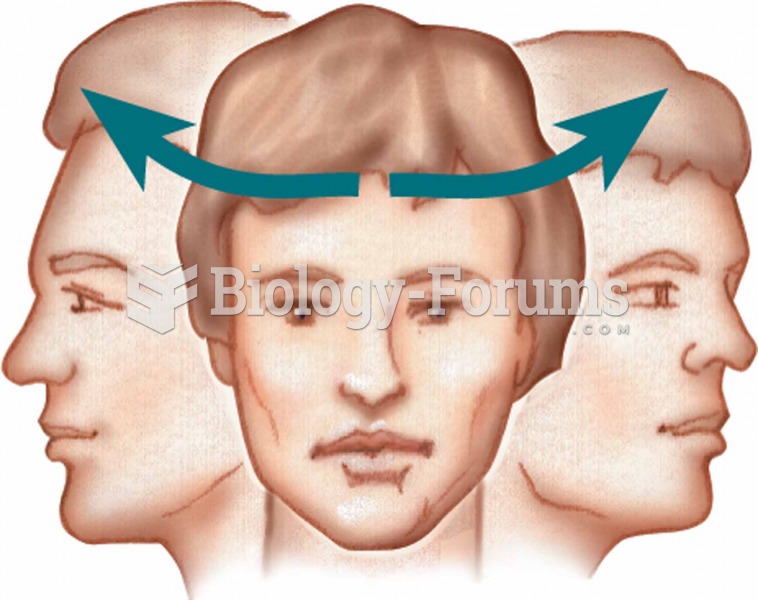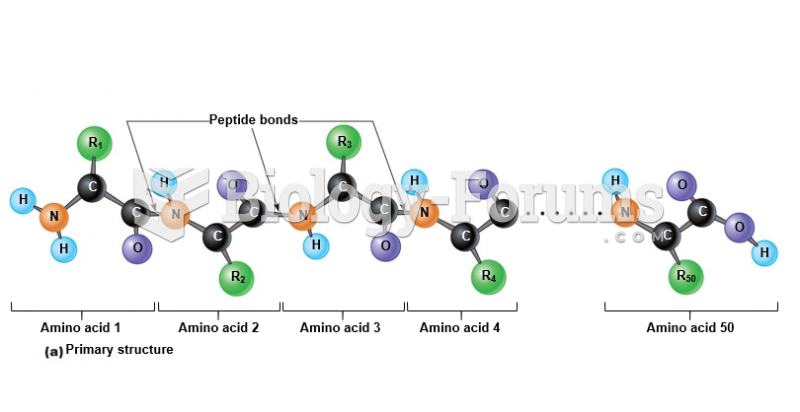A 34-year-old woman is seen by her primary care physician for an examination as part of her work-related disability.
One week ago, she was struck by a car while she was collecting shopping carts for her job at the Pinch-a-Penny shopping mall and was knocked to the ground, striking her head on a car bumper as she landed. She reports loss of consciousness for 40 minutes after the accident, although she recalls nothing from that entire day and night. She was treated emergently but remembers nothing of the care she received or how long she remained at the hospital. Records have been received and reviewed. She has suffered dizziness, severe headaches, and numbness in her fingertips and toes since her accident. The physician documents a medical history and physical examination, which are both proportionate to the patient's presenting problem. The physician's diagnosis is a moderate traumatic brain injury as rated on the Glasgow Coma Scale; recommendation for neurologic consultation. Physician strongly recommends the patient is unable to work until she receives full consultation and complete care from neurologist. Physician educates patient on the risk of further brain injury, recommending she wear head protection at all times. All necessary documentation required by the employer's insurance company, the driver's insurance company, and the medical disability agency has been completed in full. Which of the following best reflects the service(s) provided? a. Office or outpatient services, established patient, level 2
b. Special E/M services; work-related or medical disability evaluation services
c. Care plan oversight services
d. Case management services, medical team conference with direct contact with patient
Question 2
Jamie, a 10-year-old child, is recovering from a case of late-stage Lyme disease and requires IV ceftriaxone.
Jamie's pediatrician supervises and coordinates medical team conferences by phone with the epidemiologist, home health nurse, and school nurse to ensure that Jamie's education will not be adversely effected by her extended absence from school. Over the course of the month during which Jamie has received the IV ceftriaxone, more than 40 minutes have been spent in reviewing records, coordinating, and implementing Jamie's healthcare plan. Which of the following best reflects the service(s) provided? a. Case management services: medical team conference without direct contact with patient
b. Care plan oversight services
c. Domiciliary, rest home, or home care plan oversight services
d. Office or outpatient services, established patient, level 4







